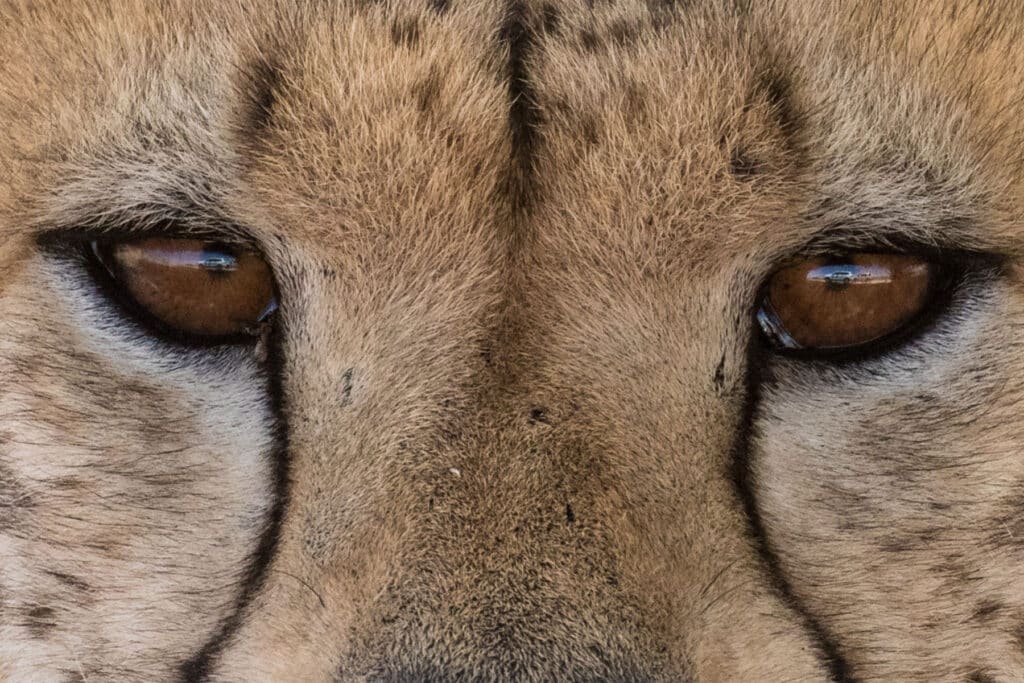There’s really no ‘best time’ to visit. But there are seasonal differences, and this is what you can expect in July and August, the peak winter months:
It’s cooler, drier and very comfortable
There is virtually no rainfall in the Kruger in July and August, and the humidity is at its lowest for the year. Mornings can be chilly and the nights, cold, but the days are generally warm and sunny. Layered outfits work best with warm jackets for early morning games drives and outdoor dinners. Shorter sleeves, lighter outerwear, sunscreen, hats and sunglasses are still necessary during the balmy days, and many guests bring their swimsuits to enjoy warm afternoons basking on the pool deck or around the family pool.
Guess what – there are fewer bugs about!
To survive the cooler and drier conditions, many insect species hibernate or are dormant in their life cycles from May to August. You can expect less fly and mosquito species around.
Big, clear skies and open landscapes
Many repeat visitors to Kruger regard July and August as the prime time for visibility. Long grasses wither and flatten, while the deciduous trees and shrubs shed their foliage, opening up exciting new vistas along the game viewing routes.
Photography is brilliant
In July and August, the Kruger colour palette is golden and brown, with flashes of ochre, amber and russet offset by an unending bright, blue sky. These are fantastic backdrops for both bird and mammal photography. The softer angle of the winter light gives you a few more peak hours for photography, and more dust during the dry season makes for unbelievably vivid sunsets.
Wildlife is concentrated around permanent water sources
For wildlife, the challenge of this season is all about accessing enough water – and that can make game spotting and watching much easier. By July and August, the perennial pans scattered throughout the bush have dried up, while rivers and waterholes are dwindling. Far greater concentrations of Elephant, Buffalo, Giraffe and antelope are visiting fewer and fewer watering holes, with predators on their trails. This makes for a myriad of unexpected animal interactions, and spending time observing and photographing at a waterhole can be very rewarding.
Making heartwarming fireside memories
There’s nothing quite like ending a great winter safari day around a glowing fire, under a crisp, clear starlit sky. As sparks from the crackling logs shoot into the night sky, the day’s safari stories are shared, and the aromas of a hearty African feast fill the air. This is the Kruger at its most atmospheric – where the day’s unique bushveld adventures become lifelong, cherished memories.
Plan your Kruger Gate Hotel stay
June to August offers one of the richest safari experiences of the year – for game viewing, personal comfort, photography, and the sheer joy of life in the wild. Free yourself from the winter blues and find the best value when you book your stay at Kruger gate Hotel.
For inspiration watch Unforgettable Journeys, your way

